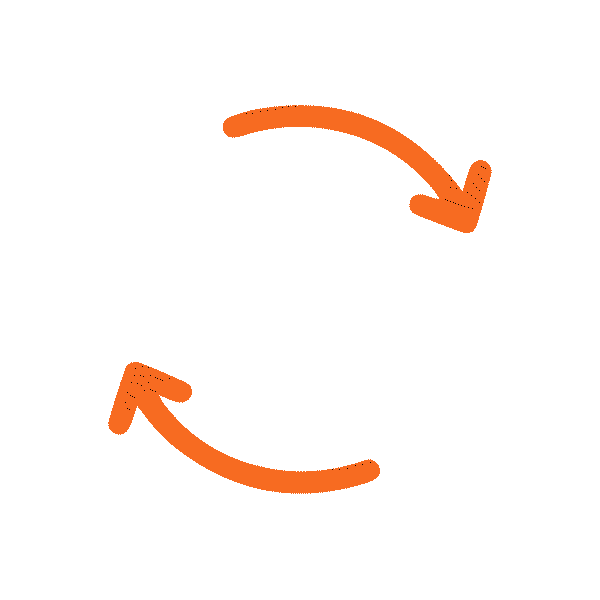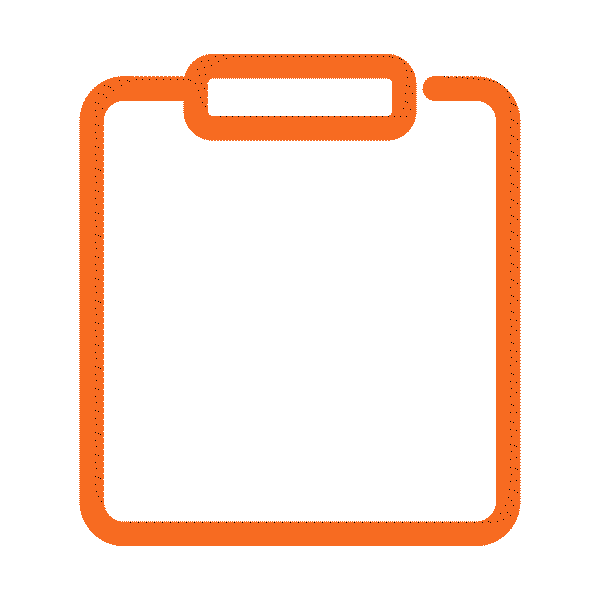
LifeWorks
Agile Product Delivery
LifeWorks Total Well-being Platform is an industry-leading, mobile-first solution focused on transforming the well-being of employees. By unifying employee assistance, perks & savings, HR communications, and community, rewards & recognition, and wellness – we enable employees to feel supported, connected, recognised, rewarded, and guided – anywhere, anytime.
The Challenge
LifeWorks recognised that, in order to keep ahead of the competition, respond to market changes, and be fast and nimble in delivery, they needed to have a well-motivated, engaged, and aligned delivery team.
Our Approach
The development teams at LifeWorks were already using a version of the Scrum framework to achieve incremental product delivery. However, team workflow was not optimised, some roles and responsibilities were not well understood and there was an inconsistent understanding of the intent of some events and ceremonies.
The leadership team were looking to rejuvenate their teams with an initial focus on engagement and delivery using the Scrum framework. Agility in Mind’s focus, therefore, was to help the teams create ‘done’ increments at the end of each sprint and provide transparency on progress and forecasting to the wider stakeholder group.
In addition, coaching was required throughout the delivery organisation to increase competency in agile software delivery.
Transparency and communication
Achievable goals
Clear workflow
The Outcomes
The first undertaking was to ensure a consistent understanding of Scrum and agile concepts, via training, across all the delivery teams. This was immediately followed with team coaching, addressing culture and process, to ensure transparency within and between delivery groups.
Agility in Mind identified a specific team, building a new product, as a candidate to test and illustrate good Scrum adoption. The team conducted the following steps:
Rapidly built a backlog using story mapping techniques; prioritised by the product owner.
Identified tasks, using sprint goals, which would deliver a full vertical slice of functionality.
The use of burn charts to facilitate a discussion, ensuring the team had adequate capacity and to plan in advance.
Adoption of Scrum events with clear objectives to deliver usefulness to the team.
Delivery of a done increment, on sprint completion, demonstrated to stakeholders.
It was also realised that some of the other teams weren’t operating in the complex product domain where Scrum thrives. As a result, these teams adopted a Kanban approach where they could dynamically interact to deliver smaller items of work.
In addition, to help improve quality and reduce rework and waste, behaviour-driven development (BDD) was introduced to ensure acceptance criteria were consistently understood and agreed upon by product owners, developers, and testers.
What the client said
Agility in Mind helped identify the need for two delivery models, using both Scrum and Kanban we are able to better align Product Development with our overall business goals whilst at the same time provide sufficient agility to accommodate unplanned tasks or changing priorities.
Jon Drake, Director of Development
Agility in Mind helped us reduce the frustration of having to rework, by setting a clear workflow, achievable goals and improving transparency and communication.
Sanjay Lal, Product Owner




